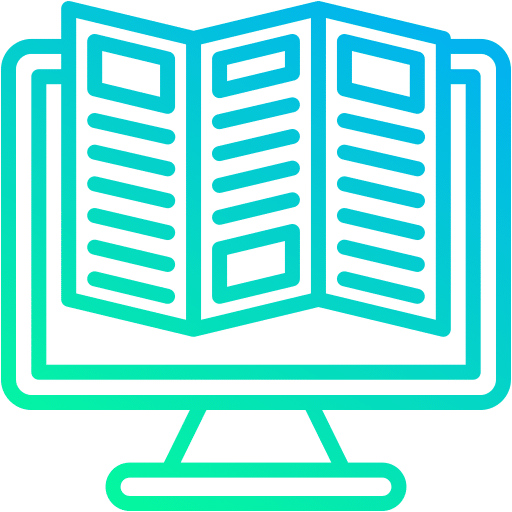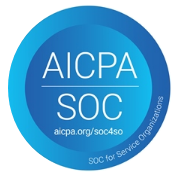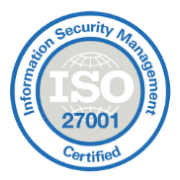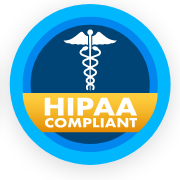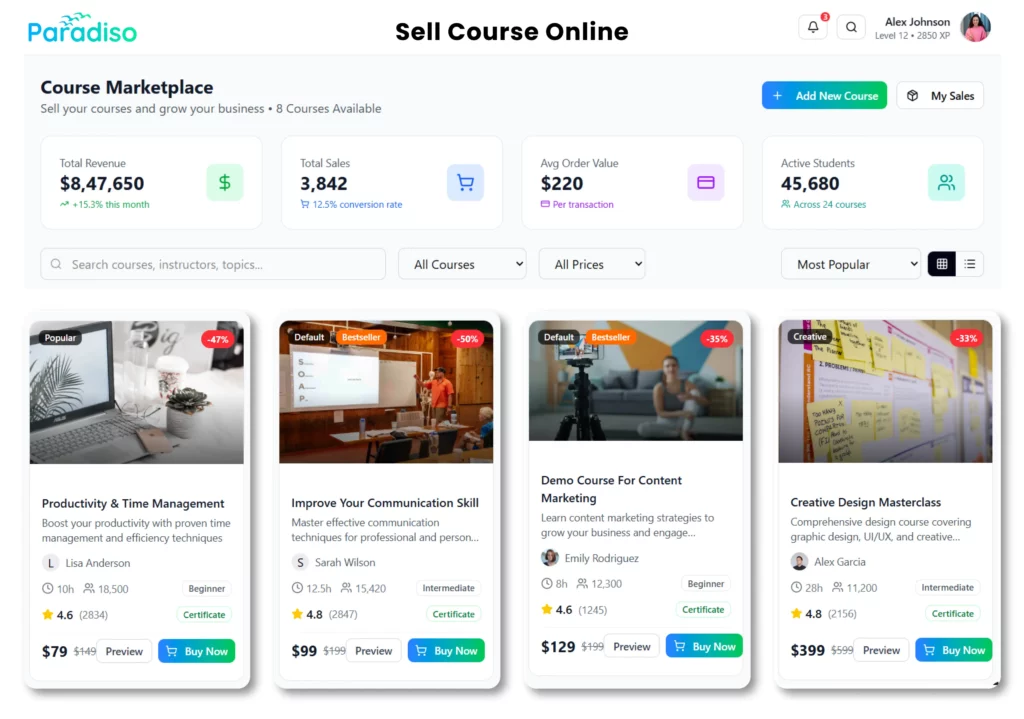In the digital age, eLearning has transformed how individuals and organizations acquire knowledge. As companies and educational institutions seek to create engaging and effective learning experiences, eLearning authoring tools have emerged as essential solutions. These tools enable the design, development, and deployment of interactive eLearning content without requiring extensive programming skills. But what makes them indispensable? In this blog, we’ll explore the benefits of eLearning authoring tools, their impact on digital learning, and why they are a must-have for content creators.
1. Ease of Use and Accessibility
Modern eLearning authoring tools are designed for users of all skill levels. With drag-and-drop functionality, pre-built templates, and intuitive interfaces, creating engaging courses has never been easier. This accessibility empowers educators and organizations to design customized content without needing advanced technical skills.
2. Time and Cost Efficiency
3. Scalability for Organizations
Whether developing a single course or an extensive training program, eLearning authoring tools allow organizations to scale their content efficiently. They support the creation of multiple modules, ensuring consistency and ease of updates across various training programs.
4. Multimedia Integration for Engaging Content
Engagement is key to effective learning. Authoring tools support multimedia elements such as videos, animations, infographics, and interactive simulations. These elements enhance learner retention and comprehension, making digital learning more dynamic and effective.
5. Gamification and Interactivity
6. Mobile Learning Compatibility
With the rise of mobile learning, it’s crucial to create responsive courses accessible across multiple devices. eLearning authoring tools support HTML5-based content, ensuring seamless access on desktops, tablets, and smartphones.
7. Seamless LMS Integration
Most authoring tools are SCORM, xAPI, or AICC compliant, allowing easy integration with Learning Management Systems (LMS). This ensures smooth course deployment, progress tracking, and reporting functionalities.
8. Brand Customization and Consistency
Companies can maintain brand identity by customizing course themes, colors, and layouts. This ensures consistency in training programs and aligns with corporate branding guidelines.
9. Global Reach and Localization
eLearning authoring tools support multilingual course development, enabling businesses to train employees across different regions. Translation and localization features help organizations cater to diverse learners effectively.
Conclusion
The benefits of eLearning authoring tools make them indispensable for modern digital education and corporate training. Whether you’re an educator, instructional designer, or business owner, leveraging these tools can significantly improve learning outcomes while reducing development time and costs.
Are you ready to revolutionize your eLearning strategy? Explore the best eLearning authoring tools today and transform your digital training initiatives!
Looking for expert guidance? Contact us to find the right eLearning solution for your organization!







